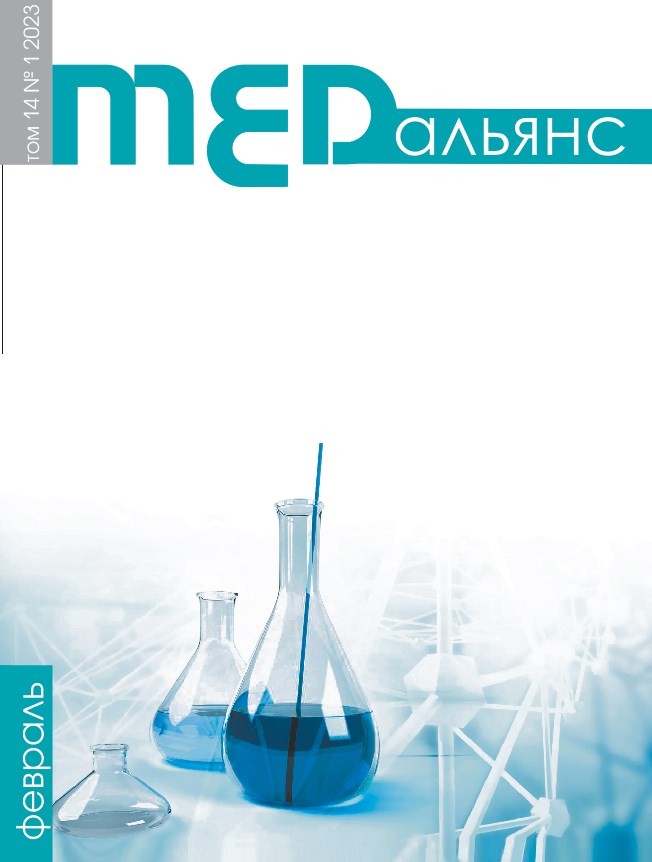Abstract
Introduction. Measurement of diffusion in the lung is important in the diagnosis and management of most pulmonary diseases. The analysis of diffusion lung capacity (DLCO) in combination with body plethysmography is useful for the interpretation of the causes of pulmonary gas exchange disorders. The aim: to determine the leading syndromes of pulmonary gas exchange disorders in patients with pulmonary tuberculosis (PT). Materials and methods. 608 patients (244/364 M/W) with verified PT with smoking history of less than 10 pack/years were examined. Spirometry, body plethysmography, and DLCO were performed by the single-breath breath-holding method. Results. DLCO decrease was detected in the majority of patients with PT (76%): in 94% of patients with massive fibrous-cavernous PT, 79.4% with disseminated PT and more than 60% of patients with infiltrative foci, local cavities, tuberculomas. In patients without ventilation disorders (58.4%), DLCO decrease was caused by damage to the alveolar capillary membrane, less often by air trapping (35.1%), other cases were rare. In the obstructive variant, mixed disorders of gas exchange (38.2%) and air trapping (34.1%) were most typical. In the restrictive variant, gas exchange surface reduction (62.5%) and mixed disorders (30%) prevailed. In mixed ventilation disorders, the mixed pulmonary gas exchange disorders were most often detected (63.8%) and the gas exchange surface reduction was quite common (36.2%) also. Conclusion. Alveolar capillary membrane damage (35.1%) and air trapping (28.1%) were most common in patients with PT. The mixed variant and gas exchange surface reduction were detected less frequently (24.7 and 12.1%, respectively), but these syndromes led to the most significant DLCO decrease.

